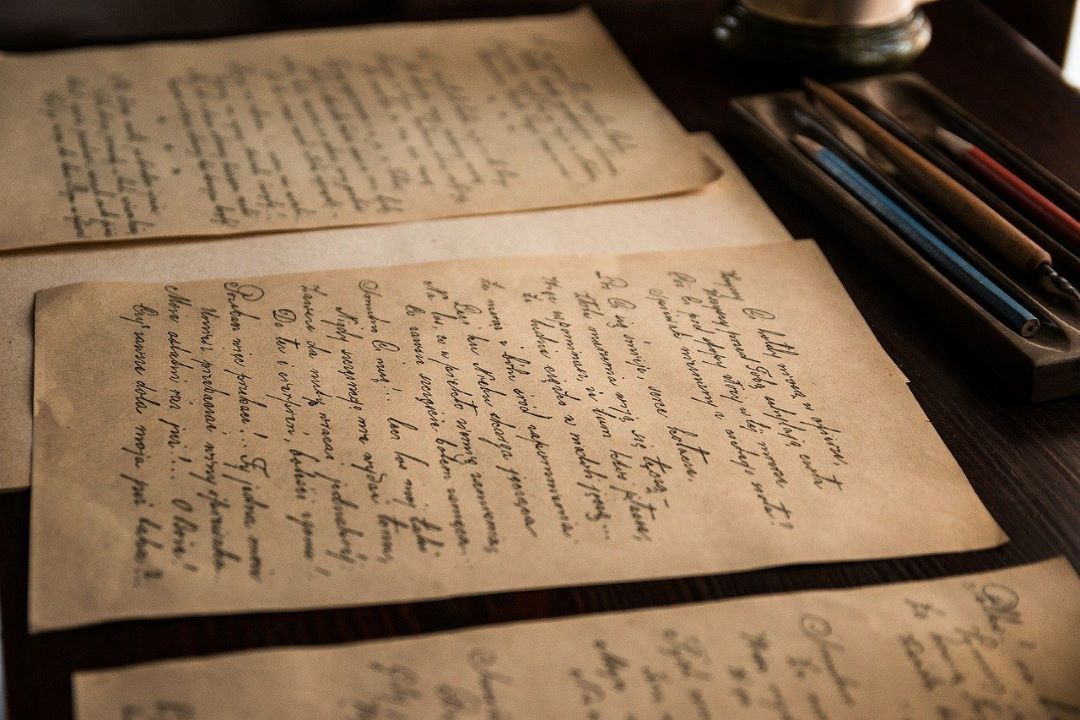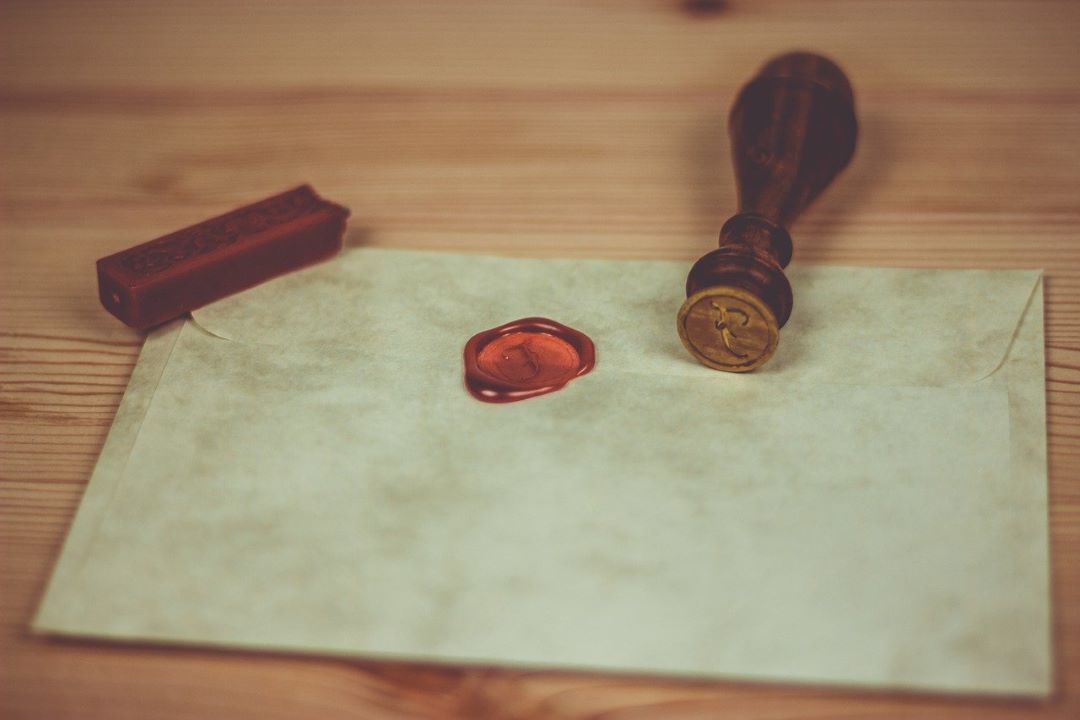Letter secrecy was not always the standard in European countries. No country in the world renounced the reading of foreign mail. The French gave the practice a system by setting up a cabinet to obtain information.
In 1789, the ruler’s proxies established the first Black Cabinet (Cabinet Noir), a temporary secret office that opened incoming diplomatic mail for ambassadors and foreign correspondence from the local nobility. The Black Cabinet operated on the king’s behalf, but often without his permission.
Political Intentions
The French opened mainly diplomatic mail to England and Spain, or letters with suspicious recipients in Austria or Tsarist Russia. The Black Cabinet’s task was to capture secret political intentions, opponents of the monarchy, rioters, revolutionaries, and religious lunatics. They also opened letters from those whom the king considered a threat or, conversely, friends

Louis XIII, King of France and Navarre, believed he had his Cabinet Noir under control. It operated continuously under the leadership of Cardinals de Richelieu and later Mazzarino. Thanks to this practice, there was no revolt of the French nobility in 1615, the Huguenots failed at Béarn in 1620, and in 1626 the impregnable Re-Imont fell. The rebel letters revealed the whole plan before the beginning, and the information reached the king in time.
The King’s Exception
Because the cardinals read the mail for their purposes of power, corrupting, and blackmailing, Louis XV made all the correspondence confidential by his little-known declaration. Breaking letter secrecy became a crime. However, at the same time, he established the Cabinet du secret des postes. The only one who could break the secrecy of the letter was the king.

Cabinet du secret de postes branches appeared at every major post office. The Parisian Pajot & Rouille families, which had the French postal service operation monopoly, resisted invading their customers’ privacy. It led to post office privatization. Since then, every letter belonged to the king.
Source: en.wikipedia.org/wiki/Secrecy_of_correspondence, featured image by Bruno /Germany from Pixabay




